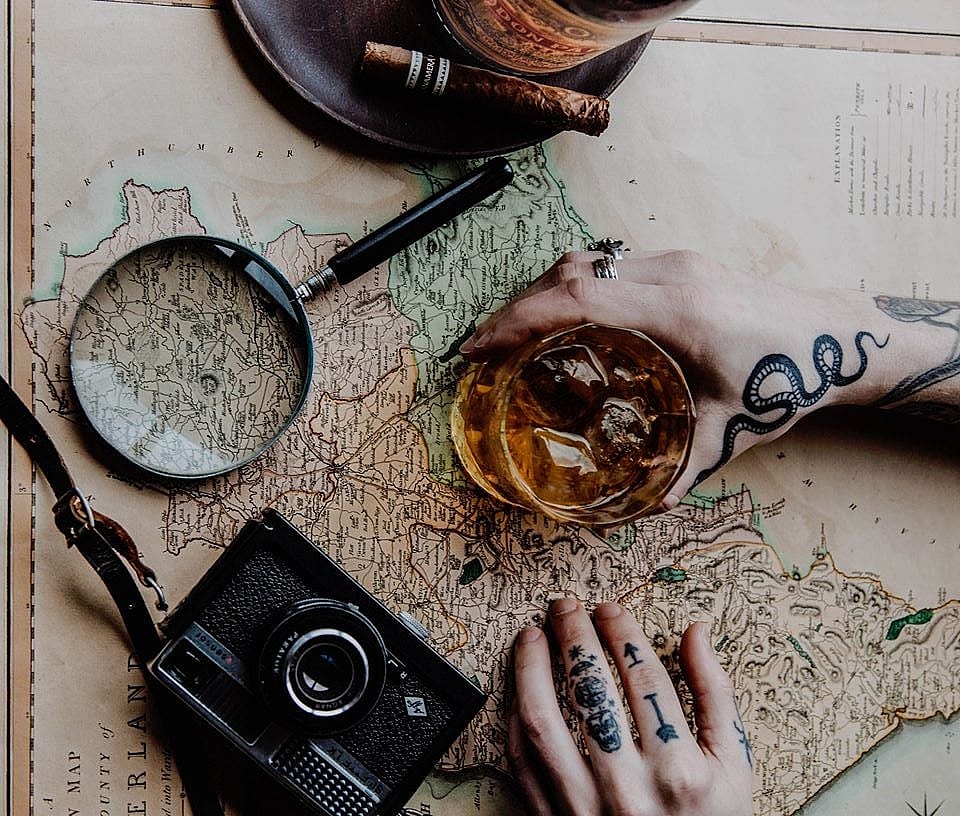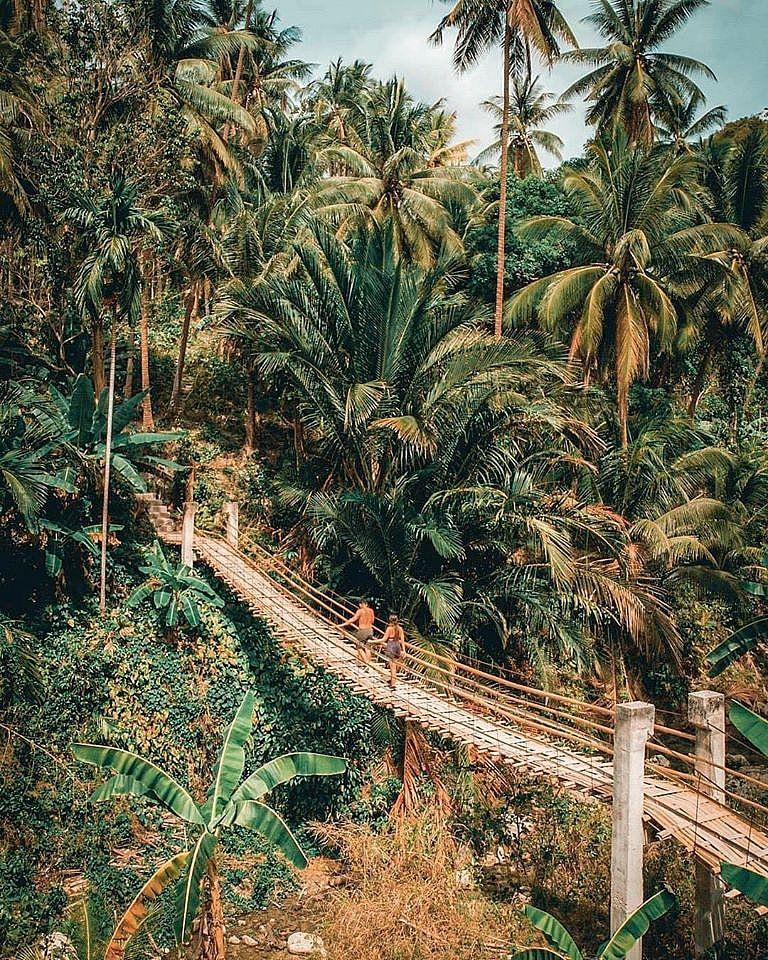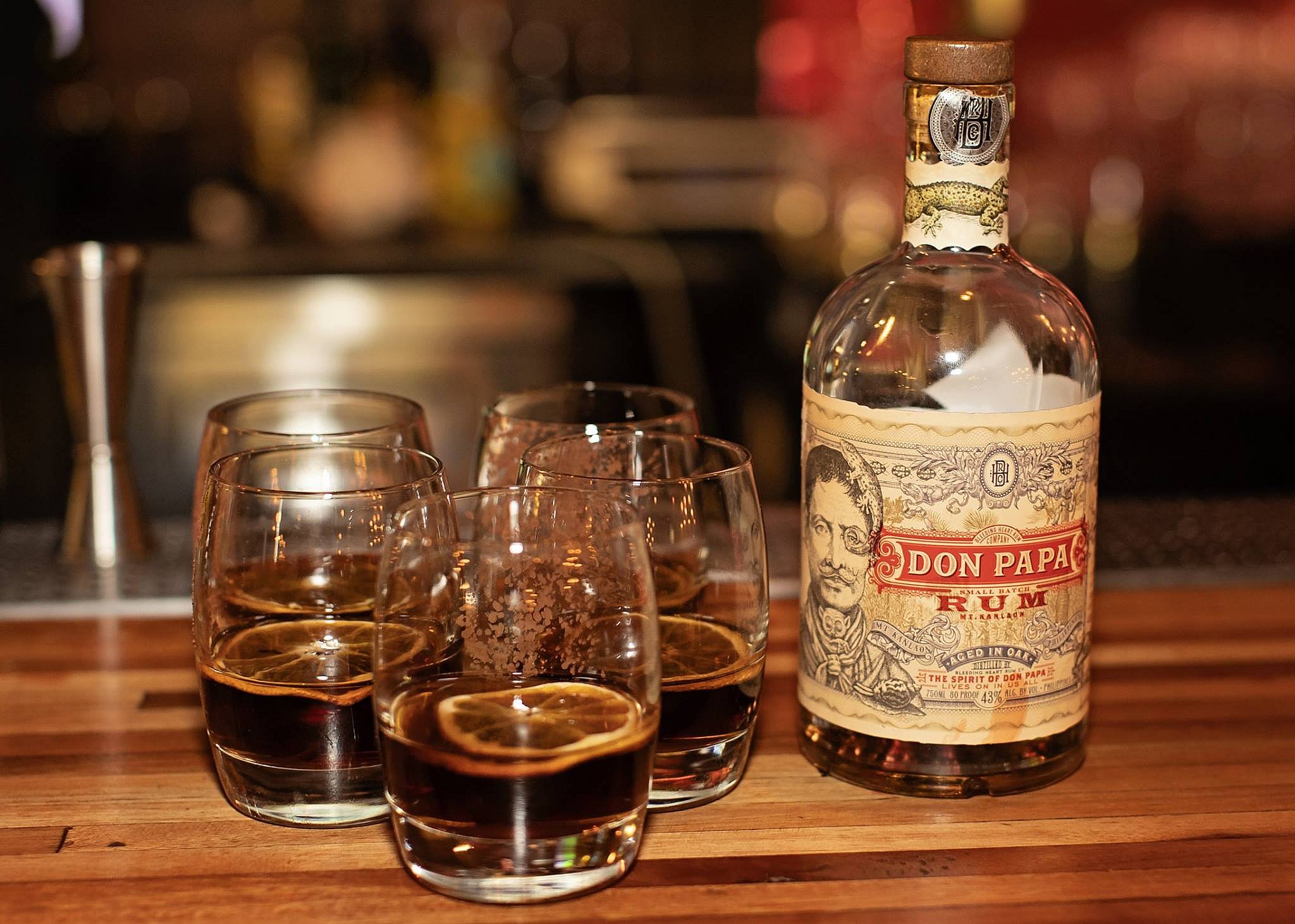How the Philippines is Reinventing The Cuba Libre
The classic rum and coke cocktail gets a tropical upgrade.

“The only way that I could figure they could improve upon Coca-Cola, one of life’s most delightful elixirs, which studies prove will heal the sick and occasionally raise the dead, is to put rum or bourbon in it,” writer and humorist Lewis Grizzard famously said. It wasn’t until I returned from a trip to the Philippines’ Negros Occidental, fondly nicknamed Sugarlandia, that I really understood what he meant.
While the drink of choice in the Philippines has been a cold beer or moonshine-like clear liquors like tuba (coconut wine) or Ginebra San Miguel, the Cuba Libre has been pulling up the rear since the rising popularity of small batch Philippine rum. It’s a party drink, no doubt; a quick cocktail that can easily be pulled together as long as there’s cola on hand — and in the Philippines, there usually is.
Recently, I sat across the table from octogenarian Father Guillermo “Gigi” Gaston, who has invited me to lunch in his ancestral home in the sugar capital of the Philippines, the Gaston Mansion. It’s here at the Hacienda Santa Rosalia compound that Father Gigi watched his family, one of the first to commercially produce cane sugar, flee from World War II so many years ago. It’s also where he returned to continue the family business of growing and providing the highest quality sugar cane to the province of Negros Occidental and beyond.
I can’t help but notice that no water pitchers or beer have been served with our appetizers, despite the fact that’s late afternoon and about 95 degrees outside. Just as I’m about to ask for a local San Miguel Pale Pilsen beer, a waiter sits a glass of Coke in front of me and various other guests seated around the table.

“Here in the Philippines, we have Coke with every meal,” Father Gigi explains to me, with a twinkle in his eye. “It’s a point of pride, especially here in Negros Occidental, where we’re growing enough sugar cane to supply the rest of the country—including Coca-Cola.”
For Father Gigi, it may be a point of pride, but for many others who have seen the marks of the war, it marks the taste of freedom because like the Cuba Libre, which was associated with the heavy U.S. presence in Cuba following the Spanish–American War of 1898, U.S. presence in the Philippines during the Japanese occupation was seen as a sign of peace on the way.
Four days before he escaped from Bataan, on April 4, 1942, Filipino diplomat and soldier Carlos P. Romulo wrote the following in his memoir, I Saw the Fall of the Philippines:
This day that was to mark the turning point in the Battle of the Philippines began for me with an incident that seemed of the greatest importance. In fact, so vital did it seem at the time that that night, upon my return to the tunnel on Corregidor after one of the most terrible days a man could ever experience, I wrote a detailed account of that day on my typewriter with a ribbon that could hardly make itself legible, and with trembling hands, I added the important notation: “I had a Coca-Cola.”

Between the sugar cane abundance and fondness for American culture, it comes as no surprise that cola transcends fast food combos, especially given its close connection to the legacy of cocktails in the Philippines.
“There’s a lot to be said about sustainability in the Philippine drink industry,” says Stephen Carroll, founder and chief executive of Don Papa Rum. “Distilleria Bago, the local distillery we work with, also works with smaller, local brands. They distill Don Papa at about 93.5 and then if they go above that, they effectively create another spirit, which you could use for vodka or gin, so they also produce that in the same plant.”
The small-batch Philippine rum that Distilleria Bago starts with is produced with a molasses base from older or discarded sugar cane at existing sugar mills in Negros and, despite technically being a byproduct of the sugar cane, is considered to be “black gold”. According to Carroll, the funneled distilling process, from Don Papa down to the local gins, produces a lot of carbon dioxide which they’re then able to turn around and sell to Coke and other soft drink companies.
Back at the Gaston Mansion, I watch as the lunch guests begin to pass around a bottle of rum, and perhaps on purpose, Father Gigi averts his glance as we all take turns spiking our traditional lunchtime cola.
“The rum and coke is an absolute celebration of sugarcane,” says Ben Rojo, Operating Partner and Bartender at the Black Emperor Bar and U.S. Brand Ambassador for Don Papa Rum, “with so few moving pieces, it’s at its best when an ice-cold, freshly cracked bottle of cane sugar cola is used. In our Papa Libre, a touch of sea salt sharpens the lush fruit flavors of Don Papa, while the tart zing of calamansi dances alongside the bubbles that tickle your nose.”
Here’s how to make a perfect Cuba Libre, according to Rojo:
Papa Libre
2 oz Don Papa Rum
6 oz ice-cold cane sugar cola
.5 oz calamansi juice (yuzu will also work in a pinch)
Rim a chilled highball glass with calamansi and flaky sea salt. Add Don Papa and the juice of one calamansi before topping with ice. After a quick stir, top with cola, taking care to pour gently to keep carbonation intact. Garnish with a sprig of thyme and enjoy.
